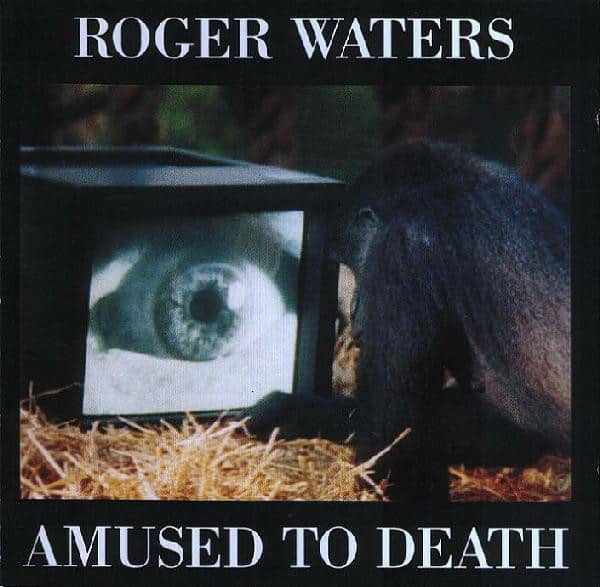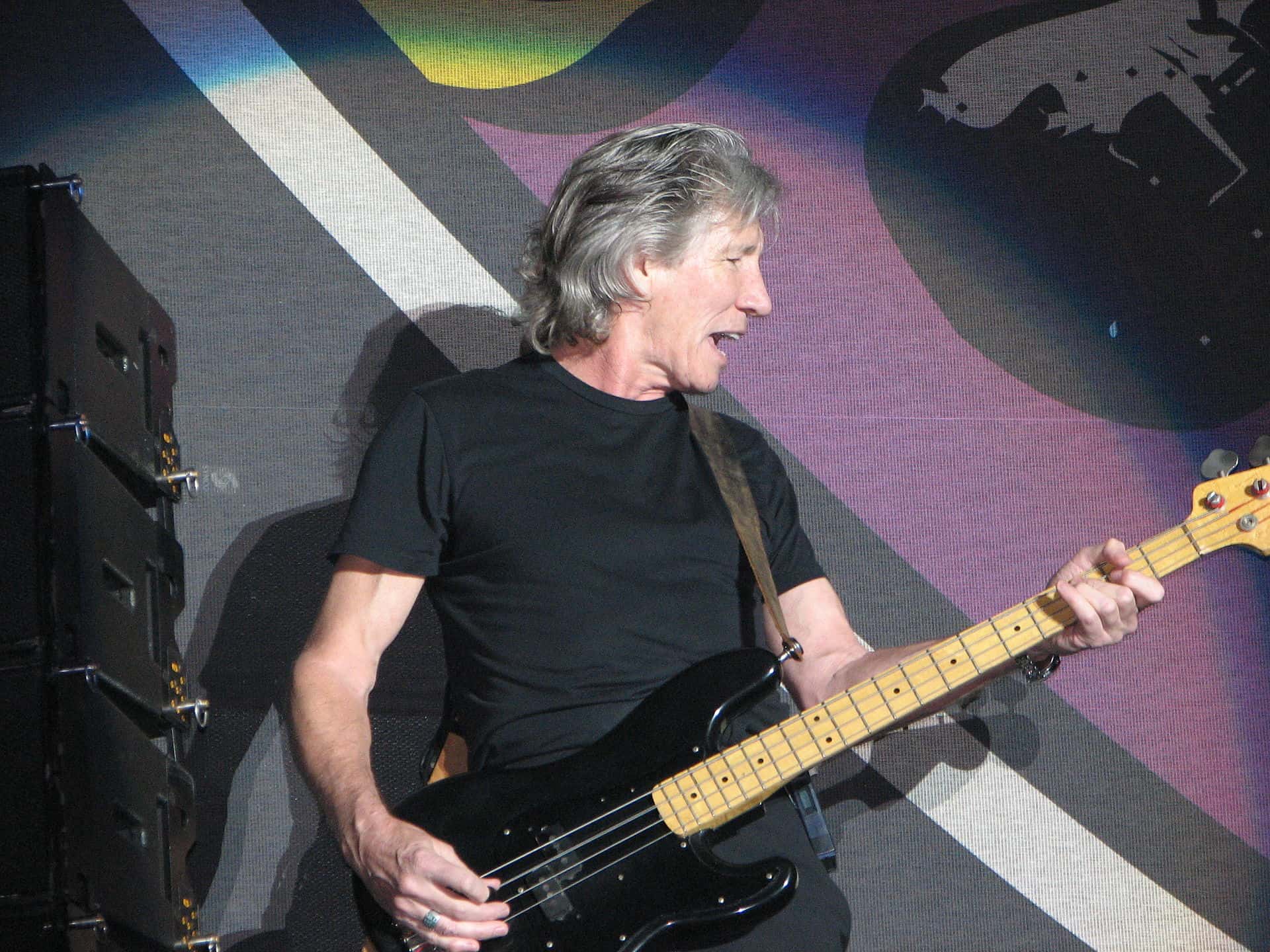In 2016, James Guthrie and Joel Plante were awarded the Grammy for Best Immersive Audio album for their remixing and immersive rethinking of Amused to Death by Pink Floyd’s father of prog-rock, Roger Waters.
The album was originally released in 1992, but Guthrie and Plante revisited the original recordings to create a fully surround-sound experience, and in the process managed to weave the numerous layers of instrumentation, sampling and experimenting into a 72-minute joyride.

To describe an album as “ahead of its time” is perhaps a cliche, but in the case of Amused to Death, it is apt. Thematically, the album focuses on a society obsessed with celebrity and throwaway entertainment -- a culture of skewed priorities which many would say has come to light in the years since the 1992 release. Musically, Waters experimented in the composition and recording of this album, giving plenty of fodder for Guthrie and Plante’s engineering to create a wide and lush tapestry of stereo storytelling. It won’t be a surprise to anyone who has followed the Pink Floyd star’s career that experimentation is rife in the album. Signature prog guitars are met with provocative vocals, sampling techniques and effects which keep the listener guessing throughout.
It is hard to ignore the term “concept album” here. Lyrically this is certainly the case, but musically it feels more like a collection of ideas, a catalog spanning the five years over which this was recorded, with each of the 30 plus musicians who worked on the album leaving their own signature, all tied together in one mix. One gets the feeling that this is an album which easily could have become disjointed with a lesser engineer. Credit is deserved for tying the orchestral vibes of “The Bravery of Being Out of Range” with the eerie reversed echo sounds in “Watching TV” and on to the rocky, climactic, gospel-backed title track “Amused to Death.” The engineers, along with Waters’ cynical lyrics, delivered with shades of Bowie, keep otherwise disparate ideas centered around a unifying theme.
The clarity in the engineering and final mix of the album is even more impressive when you consider the huge amount of sampling from other sources used throughout Roger Waters’ original recording. Fans of his work dating back from Pink Floyd days may get echoes of “Dark Side of the Moon” from much of the chattering which is going on throughout this album. Samples were pulled from documentaries where accounts from soldiers in world wars are juxtaposed with lyrics about celebrity and consumer culture. All of it is mixed with due care, and this tapestry of samples never threatens to draw your attention from the main event.
Having been involved with the powerhouse of Pink Floyd, many of the members have suffered from comparison to the high bar they previously set themselves. This album was generally well received in 1992 and gained plaudits for its creativity and originality as a concept album. However, there is no doubt that when James Guthrie and Joel Plante got their hands on it, the true capabilities of immersive audio were realized in this dystopian prog-rock mixing masterpiece.

